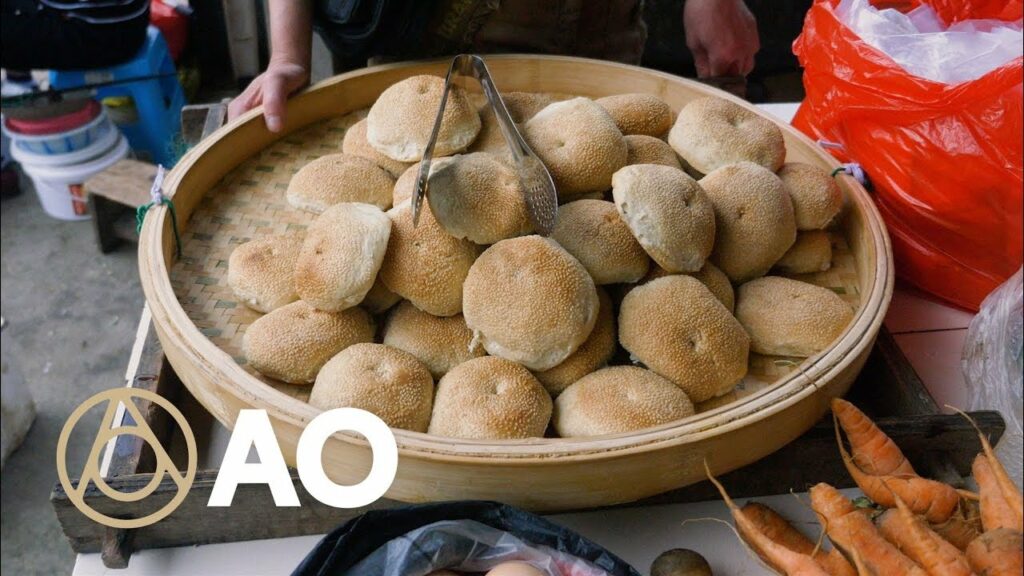The 500-Year-Old Chinese “Bagel” That Helped Win a War

As a general rule, you can gain a decent understanding of any part of the world by eating its regional specialties. This holds especially true in a country like China, with its great size and deep history. Travel to the southeastern province of Fujian, for instance, and you’ve got to try guang bing or “shiny biscuit,” the Chinese equivalent of the bagel. “With flour, dietary alkali and salt, the cake, no bigger than a palm, can be simply cooked, and sells for about 1 yuan ($0.14) on the streets,” says China Daily. “Locals love it, not only because of the crispy and salty taste, but also because of a legendary story.”
The distinctive dishes of border or coastal areas always seem to have particularly intriguing histories, and so it is with the one behind Fujian’s guang bing. “During the Ming Dynasty (1368-1644), General Qi Jiguang brought an army to fight Japanese invaders in Fujian. Because of continuous rain, they could not cook for the soldiers, so Qi created a kind of cake with a small hole in the middle. Soldiers could string the cakes together and carry them while fighting the enemy.”
The result looks — and presumably tastes — like a necklace of bagels, the preparation of which could be accomplished in underground ovens that didn’t give away the soldiers’ position as clearly as open campfires would.
You can learn more about this bagel-powered victory of five centuries ago from the Great Big Story video at the top of the post, and more about the continued preparation and sale of guang bing by a few dedicated bakers in the Atlas Obscura video just above. Though plenty of Fujianese take them straight, “some like to add pork, or dried shrimp and Chinese chives in it; some fry it with chitterlings, duck’s gizzard or green been; and some break it into pieces and boil it with soup.” Written records of the bagel as Westerners know it date back to early seventeenth-century Poland, with apparent predecessors seen in that country as early as the late fourteenth century. It may naturally occur to an American traveler in China to unite these two long but distant culinary traditions, in which case he’d do well to pack his own with lox and cream cheese.
Related content:
A Brief History of Dumplings: An Animated Introduction
When Italian Futurists Declared War on Pasta (1930)
Bob Dylan Potato Chips, Anyone?: What They’re Snacking on in China
Philosophy Explained with Donuts
Based in Seoul, Colin Marshall writes and broadcasts on cities, language, and culture. His projects include the Substack newsletter Books on Cities, the book The Stateless City: a Walk through 21st-Century Los Angeles and the video series The City in Cinema. Follow him on Twitter at @colinmarshall or on Facebook.


